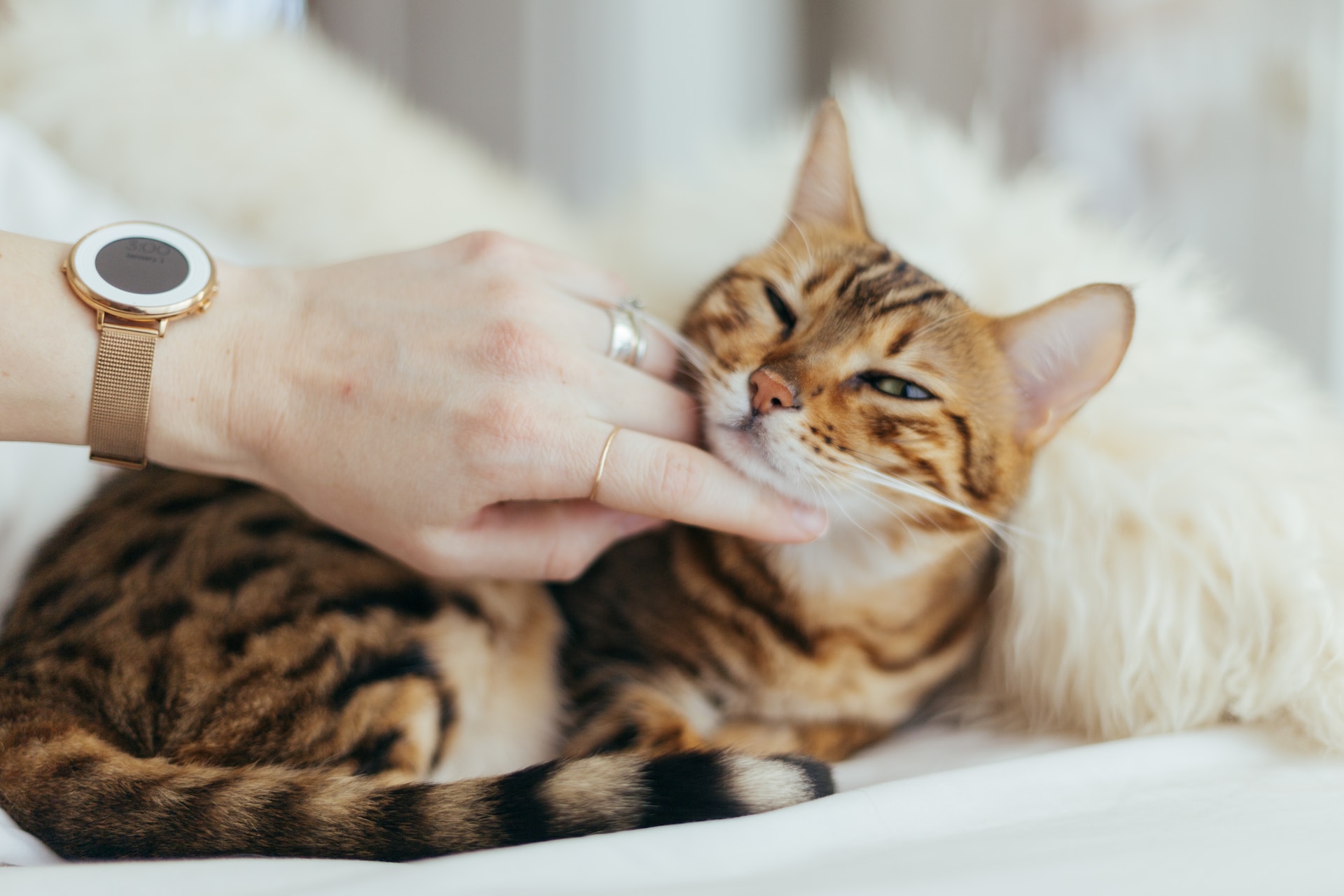Feline Leukemia Virus (FeLV) is a significant health concern in the feline world, affecting cats of all breeds and ages. It’s a retrovirus, similar to the human HIV, and leads to a multitude of health issues ranging from anemia to cancer.
Understanding FeLV, its transmission, symptoms, diagnosis, and management, is crucial for cat owners and veterinarians.
Understanding Feline Leukemia Virus
Feline Leukemia Virus (FeLV) is one of the most important infectious diseases in cats due to its ability to cause a variety of fatal illnesses.
It is a retrovirus, similar to the human HIV, which means it inserts its genetic material into the host cells, altering their functions.
Understanding this virus is essential for effective prevention and management.
Transmission of FeLV
FeLV spreads primarily through close contact among cats. The most common transmission routes include:
- Saliva: Sharing food dishes, grooming, and bite wounds.
- Nasal secretions, urine, and feces: Less common but possible.
- Mother to kittens: Either in utero or through milk.
It’s important to note that FeLV does not survive long outside a cat’s body, making environmental transmission rare.
Symptoms of Feline Leukemia
The symptoms of FeLV can vary widely, and in the early stages, infected cats may appear healthy. Common signs include:
- Persistent fever
- Loss of appetite and weight loss
- Lethargy and weakness
- Enlarged lymph nodes
- Pale gums or jaundice
- Chronic infections (respiratory, skin, urinary)
- Diarrhea or constipation
- Behavioral changes
As the disease progresses, it can lead to more severe conditions like anemia, lymphoma, and other cancers.
Diagnosis and Stages
Diagnosing FeLV involves a blood test that detects the presence of the virus. The stages of FeLV are:
- Primary Viremia: A transient stage; some cats can fight off the infection.
- Secondary Viremia: The virus has spread to the bone marrow and other tissues, indicating a persistent infection.
- Progressive Infection: The cat is persistently infected and can spread the virus.
Treatment and Management
There is no cure for FeLV, and treatment focuses on managing symptoms and secondary infections. Key strategies include:
- Regular veterinary check-ups.
- Keeping the cat indoors to prevent spread and reduce exposure to infections.
- Balanced nutrition and hydration.
- Prompt treatment of any secondary infections.
- Vaccination against common pathogens.
- Immune-boosting supplements, as advised by a veterinarian.
Advanced Treatment Strategies
While no specific treatment eliminates the virus, advanced management strategies aim to improve the quality of life of affected cats:
- Interferon Therapy: This has shown some promise in boosting the immune response.
- Chemotherapy: Used in cases where the cat develops lymphoma or other cancers.
- Blood Transfusions: For cats with severe anemia.
- Holistic and Supportive Care: Includes nutritional support, stress reduction, and environmental management.
Prevention
Preventive measures are vital in controlling FeLV. These include:
- Vaccinating at-risk cats against FeLV.
- Regular testing of cats in households with known exposure.
- Keeping FeLV-positive cats indoors and separate from FeLV-negative cats.
- Neutering to reduce fighting and mating behaviors that lead to virus transmission.
Conclusion
Feline leukemia is a complex and challenging disease, but with proper management, many FeLV-positive cats can live comfortable lives for several years.
Early detection, preventive measures, and supportive care are key elements in handling this disease effectively.
Cat owners are encouraged to consult their veterinarians for personalized advice and regular health check-ups for their feline companions.

